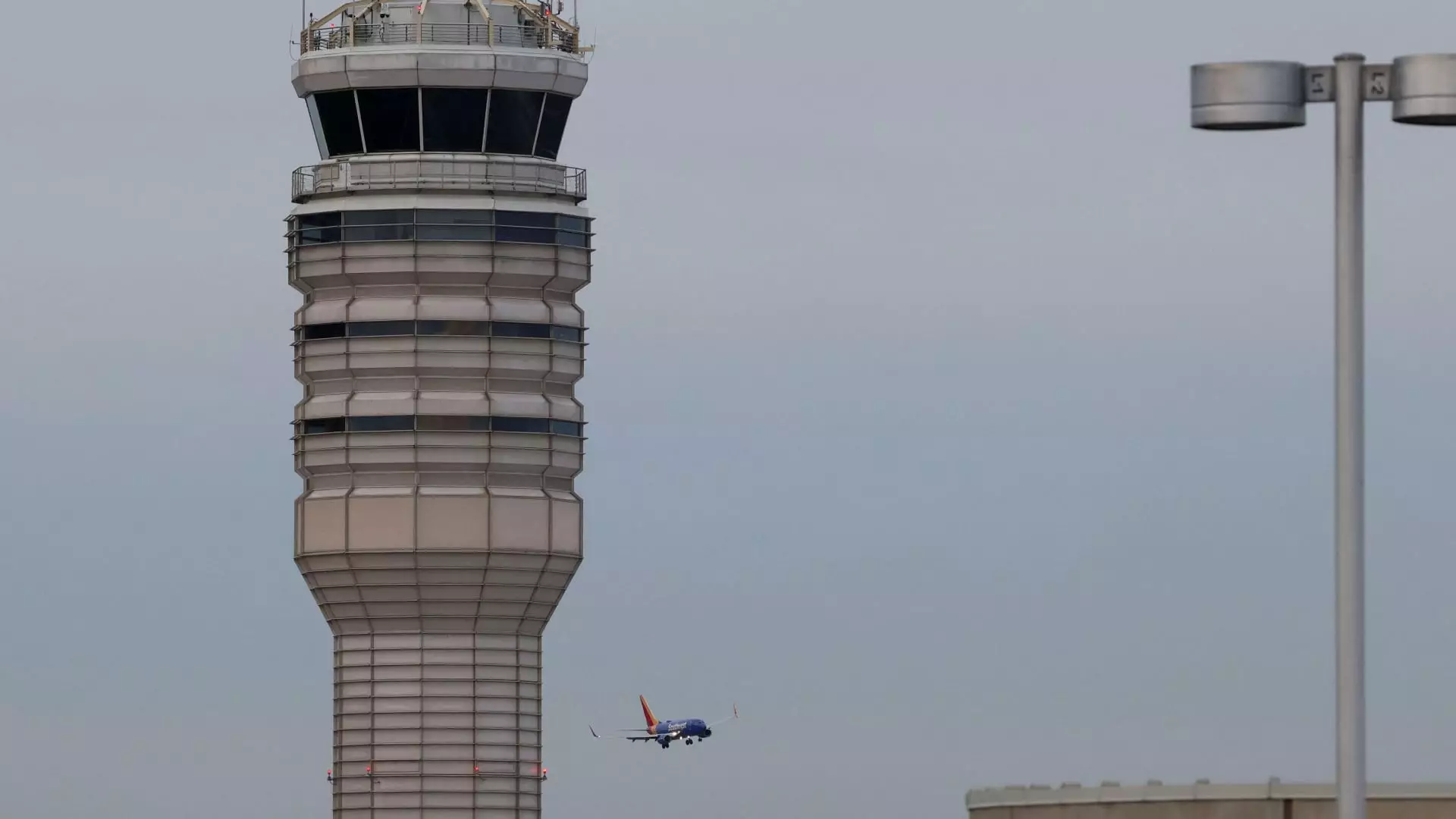In the wake of a catastrophic incident involving an Army Black Hawk helicopter and an American Airlines jetliner near Ronald Reagan Washington National Airport, the Federal Aviation Administration (FAA) has announced new restrictions to helicopter traffic in the area. Transportation Secretary Sean Duffy emphasized the necessity of these measures in a recent posting on social media platform X, highlighting the foremost aim of bolstering public confidence in the aviation sector. This article delves into the circumstances surrounding this tragic event and the implications of the new regulations for aviation safety.
The disaster unfolded as American Eagle Flight 5342 was seconds away from landing, carrying 64 passengers and crew. The heartbreaking collision resulted in the untimely deaths of all individuals aboard both aircraft, marking a somber milestone as it represented the first fatal commercial airline crash in the United States in over a decade and the most devastating incident since the tragic events of 2001. The gravity of this loss has not only shaken the aviation community but also raised questions about the systemic safety protocols that govern aircraft interactions, particularly in congested airspaces such as Washington, D.C.
New Airspace Restrictions: A Necessary Response
In response to this shocking incident, the FAA’s newly implemented restrictions delineate specific areas to limit helicopter traffic around Reagan National. The prohibited zones extend from Memorial Bridge to the South Capitol Street Bridge, aerial space above the airport, and other key locations designed to mitigate potential risks. Secretary Duffy’s statements underscore the urgency of restoring public faith in aviation safety protocols and eliminating the potential for similar tragedies in the future.
As investigations progress, officials are scrutinizing numerous factors that may have contributed to the collision, from flight altitudes to communication discrepancies with air traffic controllers. National Transportation Safety Board member Todd Inman highlighted the structured zones within which helicopters operate in the capital. The transition between these defined tracks is crucial for safe air navigation but raises the need for stringent oversight and potentially enhanced training for military pilots operating in civilian airspace.
American Airlines CEO Robert Isom further stressed the lack of clarity about why the Black Hawk helicopter was in the path of the passenger aircraft, pointing to the need for a thorough examination of military protocols as well as civilian aviation safety measures.
As the investigation continues, the aviation industry, along with regulatory bodies, must be proactive in ensuring the implementation of robust safety measures that include regular assessments of airspace management operations. The hope is that the new traffic restrictions serve not only as a reactive measure to this tragic event but also as a preventative step to avert future disasters. Building confidence in the aviation system will rely on transparency, rigorous enforcement of new regulations, and ongoing dialogue between military and civilian air traffic control authorities.
The recent collision has catalyzed a significant rethink of airspace safety practices in the United States, reinforcing the imperative for adaptive regulatory measures in aviation to protect both the lives of passengers and the integrity of the air traffic system.

